Choosing cat food can feel like a puzzle. Aisles full of shiny bags and cans make it hard to pick. I want simple answers on dry cat food, wet cat food, and what actually helps my cat live well.
Cats are meat eaters by nature. They need plenty of protein to stay strong, plus the right fats and vitamins to shine. This guide cuts through the noise and helps you feed your cat with confidence.
Honest advice starts here, clear and practical, no fluff.
Key Takeaways
- Kittens need at least 30% protein, adults at least 26%, based on AAFCO guidelines.
- Wet cat food is about 70% water and supports hydration; dry cat food stores well and usually costs less per serving.
- Skip artificial preservatives like BHA, BHT, and ethoxyquin, plus vague animal by-products and cheap fillers such as corn, wheat, or soy.
- Prescription diets from Hill’s Prescription Diet and Royal Canin Veterinary matter for diabetes, kidney disease, and allergies.
- Flavor and texture drive appetite. Slow transitions reduce stomach upset and food refusal.
What Does Your Cat Need Nutritionally?
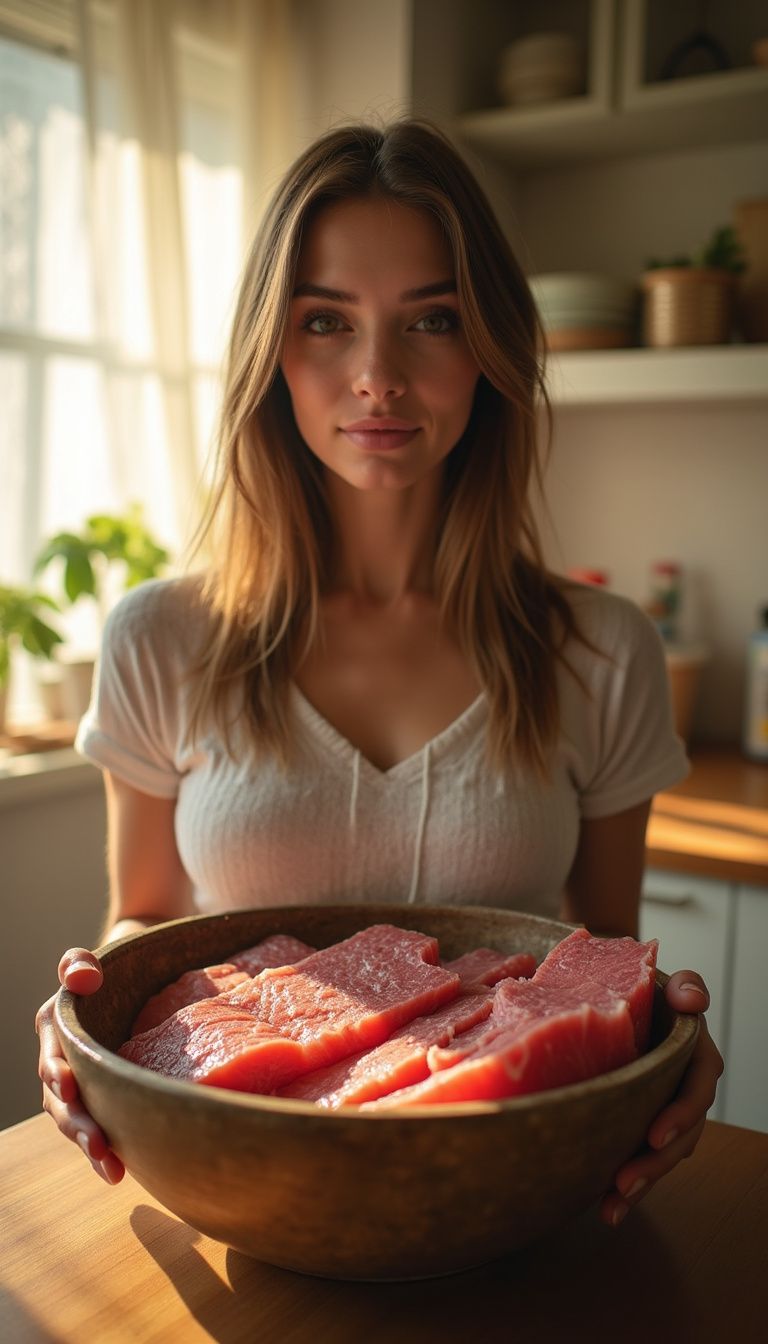
Cats thrive on animal protein and high-quality fat. With the right balance, you get steady energy, a glossy coat, and fewer hairballs. Without it, you get sluggish naps and cranky mealtimes.
What protein levels are essential for obligate carnivores?
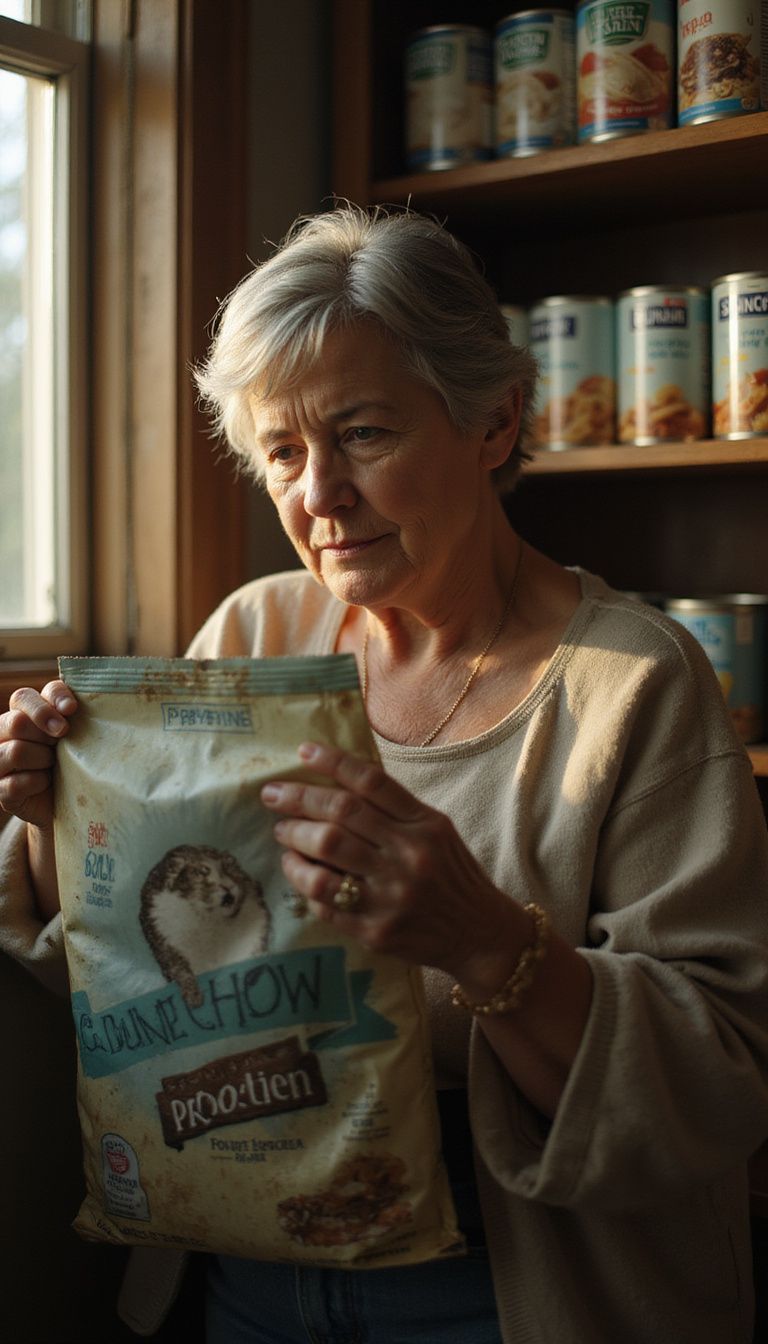
Obligate carnivores rely on meat. Kittens need at least 30% protein for fast growth, per AAFCO standards. Adult cats need 26% or more to maintain muscle and a healthy body weight.
A strong cat is a happy cat, fueled by the right amount of meat.
Purina Cat Chow shows protein percent on every bag or can, which helps. Older cats still benefit from steady animal protein to protect muscle as they age.
I look for complete amino acids from real meats. Lean poultry is a great base. Low protein can drain strength quickly, so I do not skimp here.
Why are fats and essential nutrients important for cats?
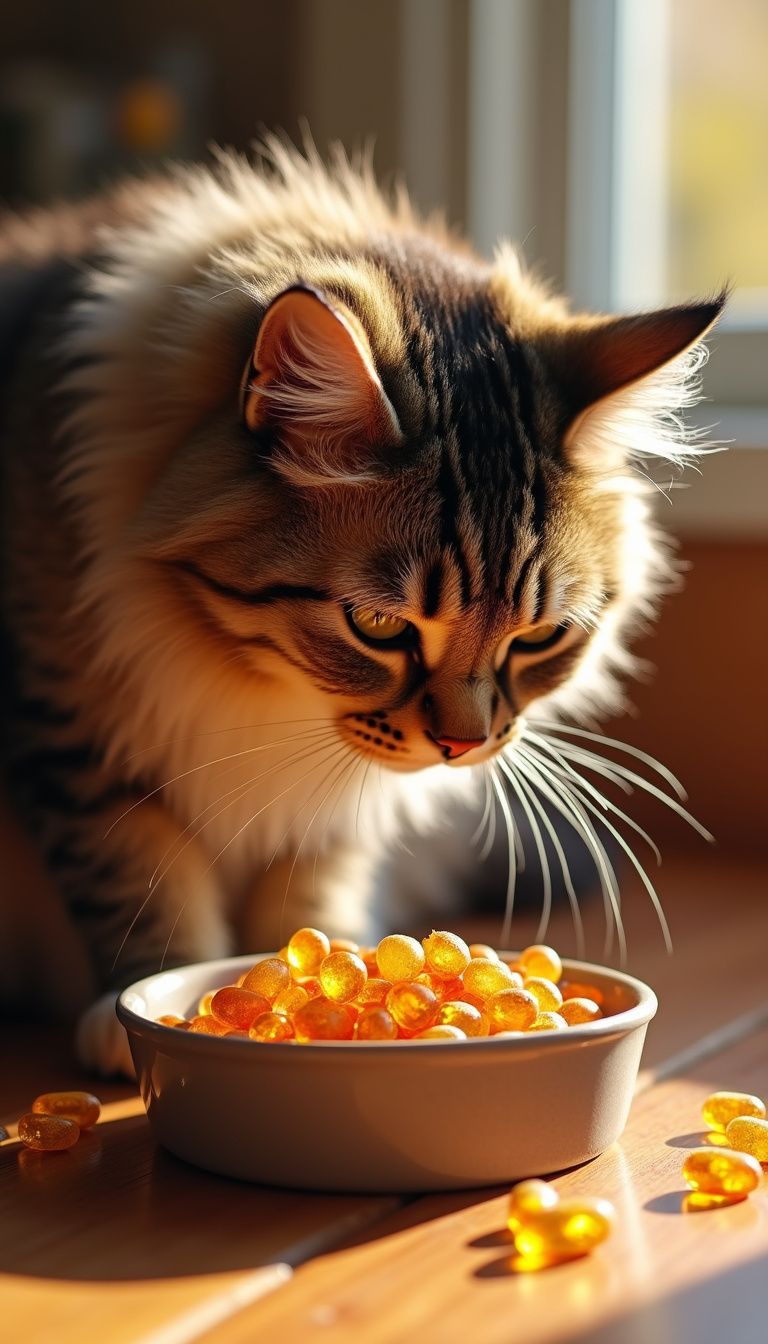
Protein builds, but fat fuels. Healthy fat gives long-lasting energy for play and naps. It also supports skin and coat health, so you see less itching and fewer hairballs.
Essential nutrients include vitamins, minerals, amino acids, and fatty acids. Taurine is one key amino acid that cats cannot make on their own. Omega-3 fatty acids support brain, heart, and joint health. Kittens use fat for growth; adults use it to power daily life.
Good wet cat food or dry cat food should list these nutrients clearly. I aim for balanced recipes that cover what a cat’s body cannot create. The right mix prevents dull fur, weak bones, and avoidable vet visits.
Types of Cat Food to Consider

Walking past the cat aisle feels like scrolling through a never-ending menu—cans, pouches, kibble… and a dozen flavors of each. I think about my cat’s age, health, and budget, then make a quick decision.
Should I feed my cat wet or dry food?

Both can work. I make my choices based on health, appetite, and routine.
- Wet cat food is about 70% moisture, which helps cats that avoid the water bowl.
- Dry cat food is around 10% moisture, stores well, and usually costs less per meal.
- Many wet options have higher protein and fat with fewer carbs, which suits meat eaters.
- Crunchy kibble can help with light dental scrubbing between brushings.
- Wet textures help picky eaters and older cats with tender mouths or missing teeth.
- For urinary or kidney issues, moisture from wet food supports daily fluid needs.
- Dry is convenient for free feeding and travel, and it stretches the budget.
- A mixed plan offers variety, nutrition balance, and flavor options without waste.
Before I pick, I look at labels from trusted brands and compare costs at checkout. Coupons help too.
What are the benefits of raw, freeze-dried, and homemade diets?

These options give me more control over ingredients. They can be great when balanced right.
- Raw diets may improve coat shine and skin comfort due to fresh animal proteins and fats.
- Some cats show better energy and lean muscle on meat-forward plans.
- Freeze-dried meals keep raw nutrition with easier storage and less mess.
- Homemade recipes let me avoid fillers or vague additives in certain commercial foods.
- Bone broth can support hydration and joint health, especially in older cats.
- Adding omega fatty acids helps cover common gaps in homemade meals.
- Custom plans can support kidney or digestive needs, with a veterinarian’s guidance.
- Slow switching prevents tummy trouble, which helps picky eaters accept change.
Food safety matters. I talk to my vet before raw or homemade feeding and follow strict handling rules.
How to Choose the Right Cat Food

Labels can look technical at first. I focus on what matters, like the first ingredients, the protein percent, and whether the recipe meets AAFCO standards for my cat’s life stage.
How do I read and understand cat food ingredient labels?

Ingredients are listed by weight, heaviest first. If chicken or salmon is first, protein is leading the way, which suits carnivores. If plant fillers top the list, I keep looking.
Labels must include the net weight and the manufacturer. You will see technical terms like tocopherol, which is vitamin E, and common terms like rice flour. The key line to find is the nutritional adequacy statement, which confirms the food is complete and balanced for kittens, adults, or all life stages.
I avoid long filler lists, artificial colors, and vague wording. When in doubt, I ask my vet to translate the tricky parts.
Which additives or fillers should I avoid in cat food?
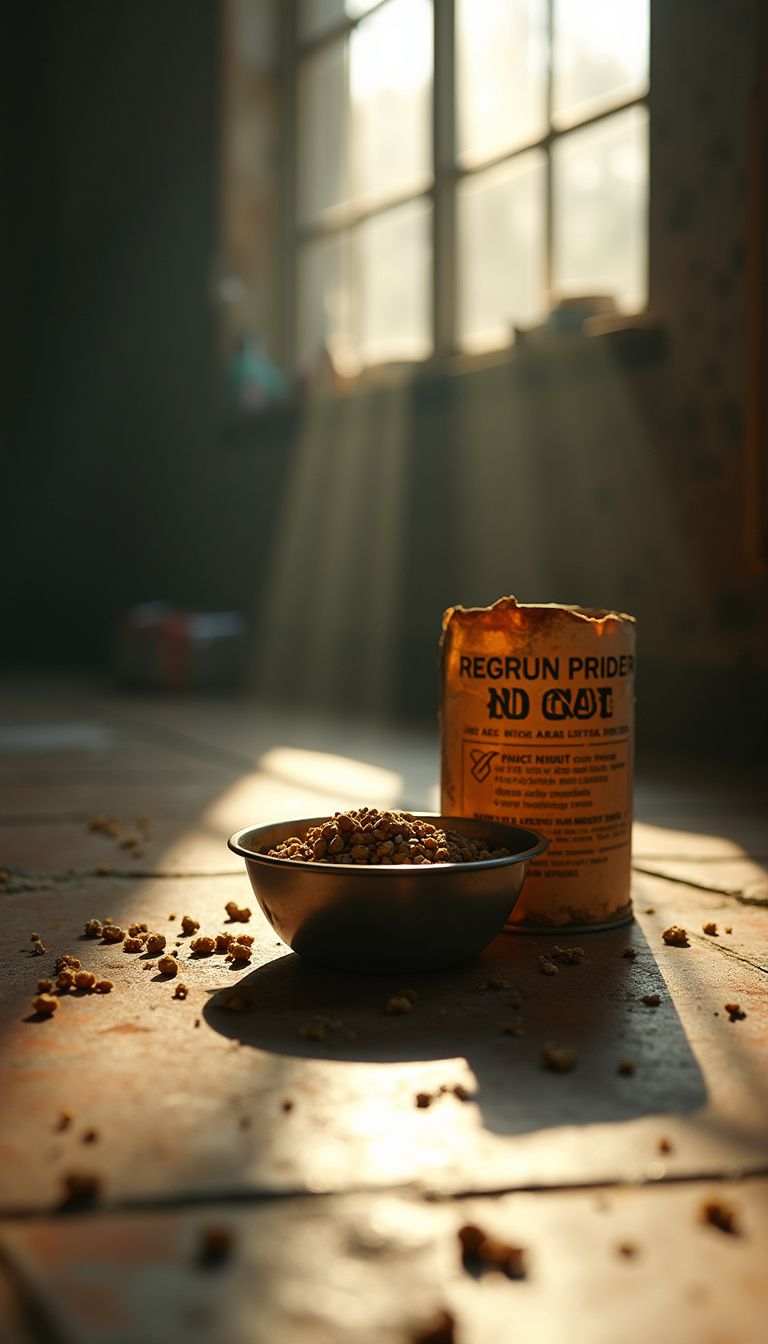
Cats do not benefit from artificial preservatives like BHA, BHT, or ethoxyquin. I also steer clear of propylene glycol and artificial colors such as Blue 2 and Yellow 5. Added sugars, including corn syrup, can increase weight gain and diabetes risk.
I skip any food with vague animal by-products or rendered fats that do not specify the source. Corn, wheat, and soy often act as cheap fillers and can trigger allergies. I aim for specific animal fats, like chicken fat, and try to keep carbohydrates modest, under 10 percent on a dry matter basis. Dry matter means that moisture is removed before calculating percentages.
Vegetarian or vegan cat diets are risky. Cats require taurine and other nutrients that come from animal tissue, so real meat stays non-negotiable.
Special Dietary Needs and Preferences
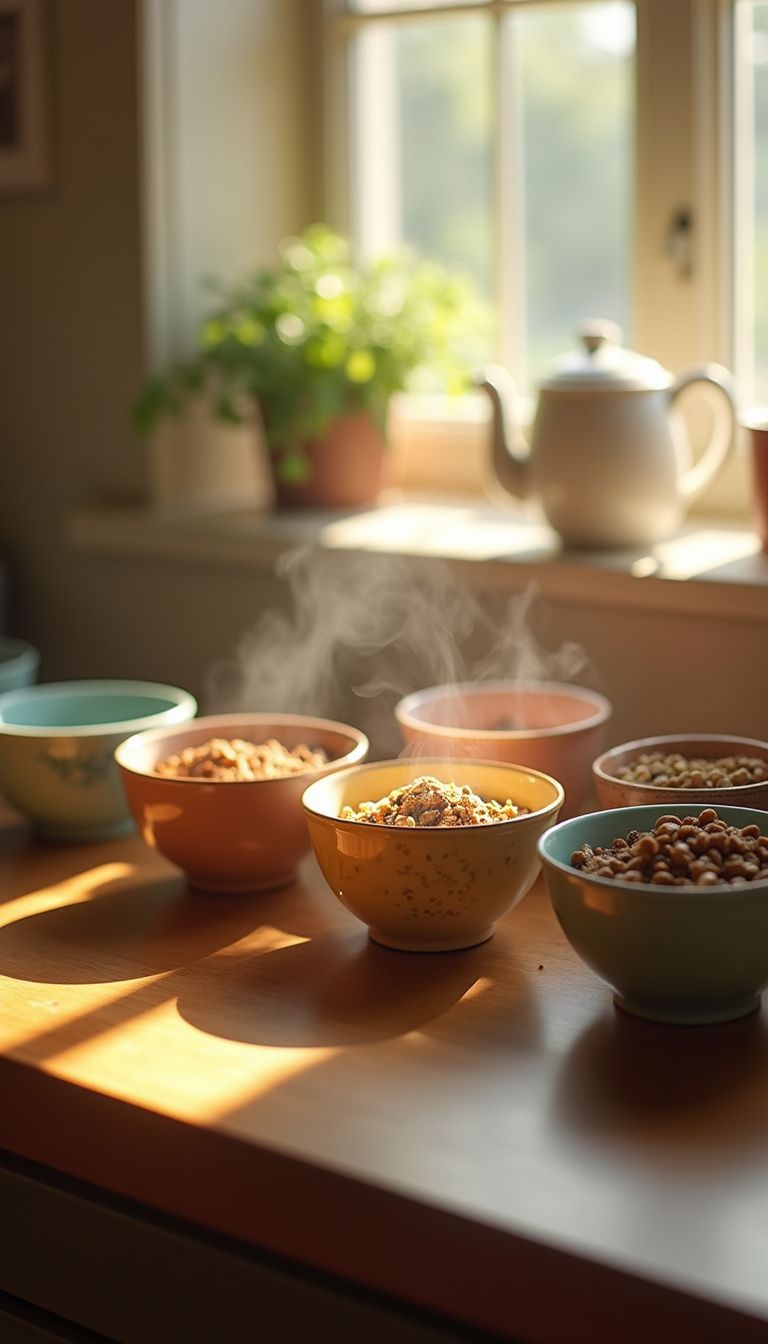
Cats have different needs at each life stage. Some need kitten food or senior formulas. Others need vet diets from Royal Canin or Hill’s. Texture and flavor can be the deal makers for picky eaters.
What foods are best for kittens, senior cats, or cats with health issues?
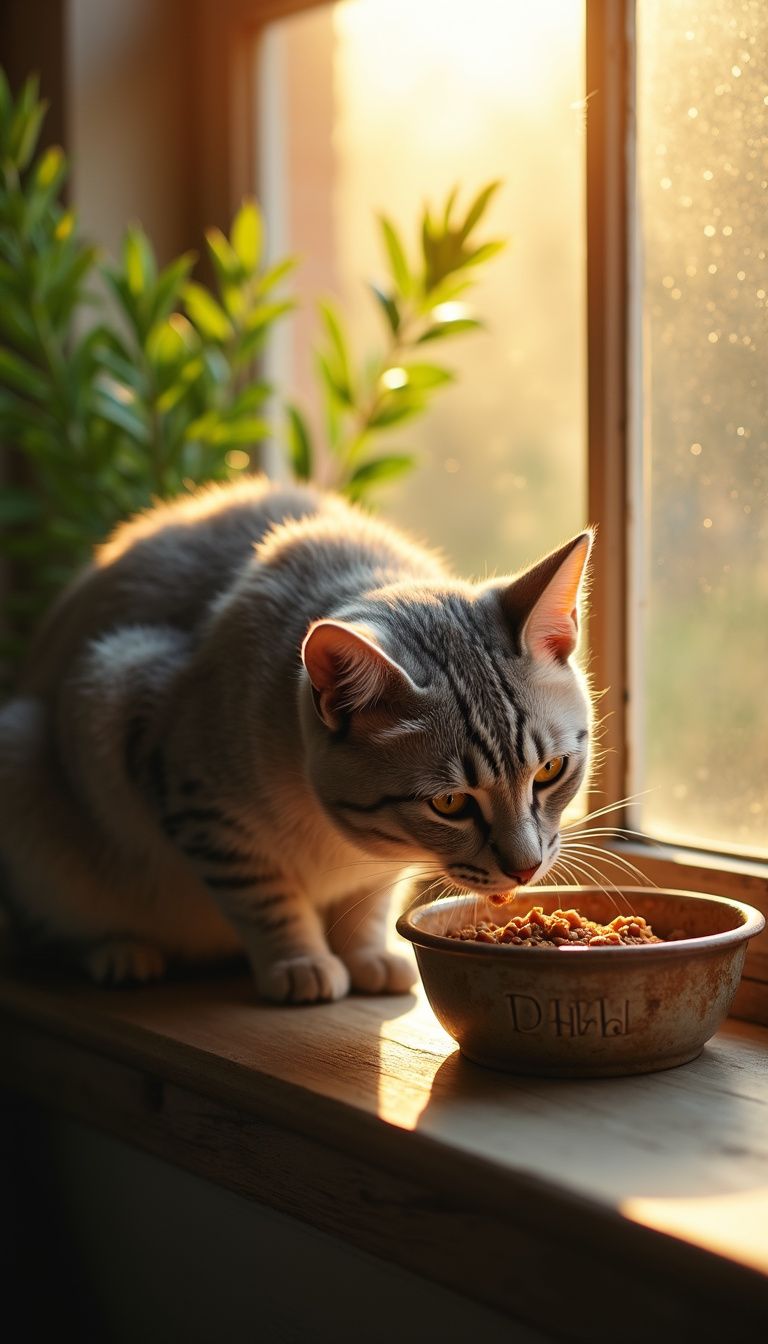
Match the food to the cat. It pays off fast.
- Kittens thrive on growth formulas with at least 30% protein and balanced calcium and phosphorus.
- DHA from fish oil supports brain and eye development in growing kittens.
- Older cats benefit from taurine for heart health and DHA for cognitive support.
- For food sensitivities, try limited-ingredient diets with single proteins or novel meats.
- For urinary issues, wet food adds moisture and can reduce flare-ups.
- For excess weight, choose calorie-controlled meals, high in protein and low in fillers.
- For diabetes, kidney disease, or allergies, follow your vet’s plan with Hill’s Prescription Diet or Royal Canin Veterinary.
- Switch foods slowly over 7 to 12 days. Mix in more of the new food each day.
- Check labels and avoid BHA, BHT, and vague meat by-products. Clear sourcing beats flashy packaging.
If your cat has symptoms like vomiting, weight loss, or constant itching, call your veterinarian. Diet changes are part of care, not the whole plan.
How do taste and texture affect my cat’s food preferences?
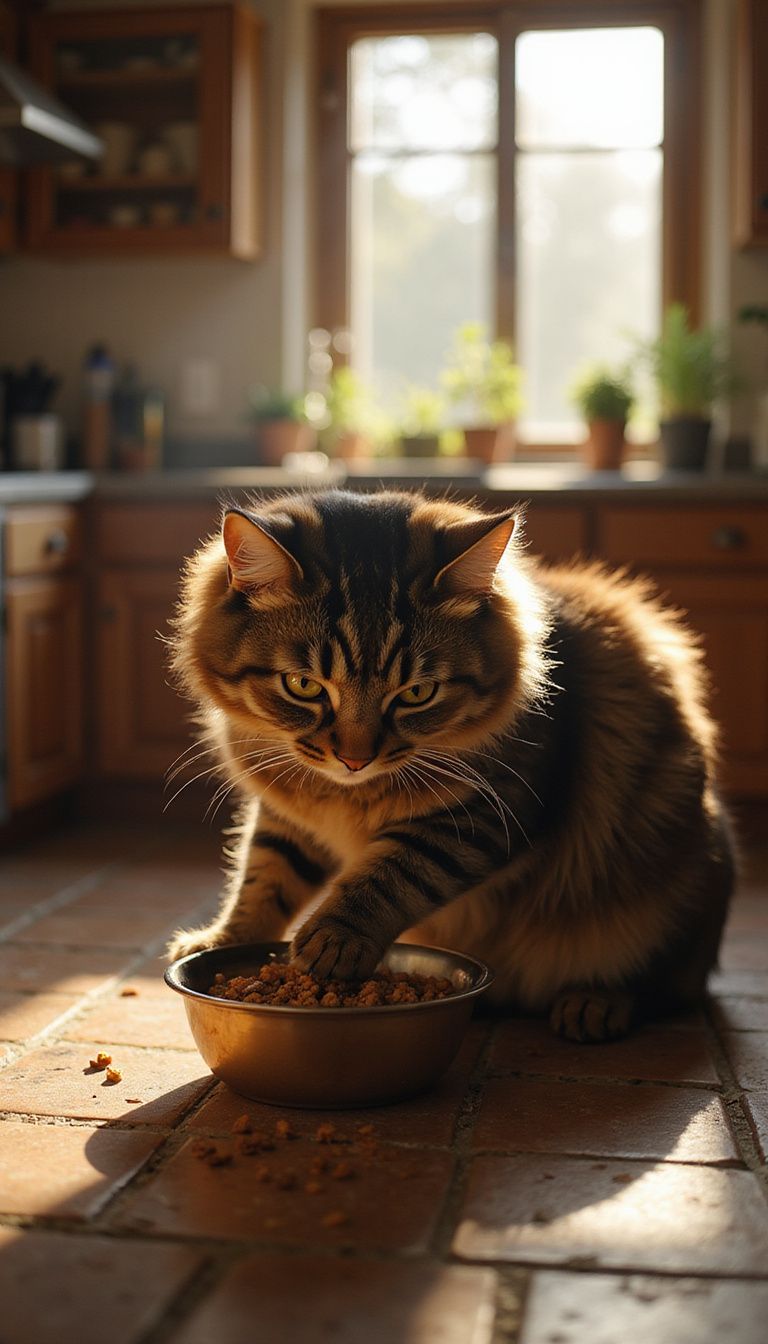
Cats choose with their noses first. Strong aroma and soft textures often win over dry, crunchy kibble. The feel of food in the mouth matters as much as flavor.
Many cats fixate on what they loved as kittens. A kitten that enjoys smooth pate may prefer that texture for years. I test a few options, then stick with the one my cat eats with real enthusiasm.
Conclusion
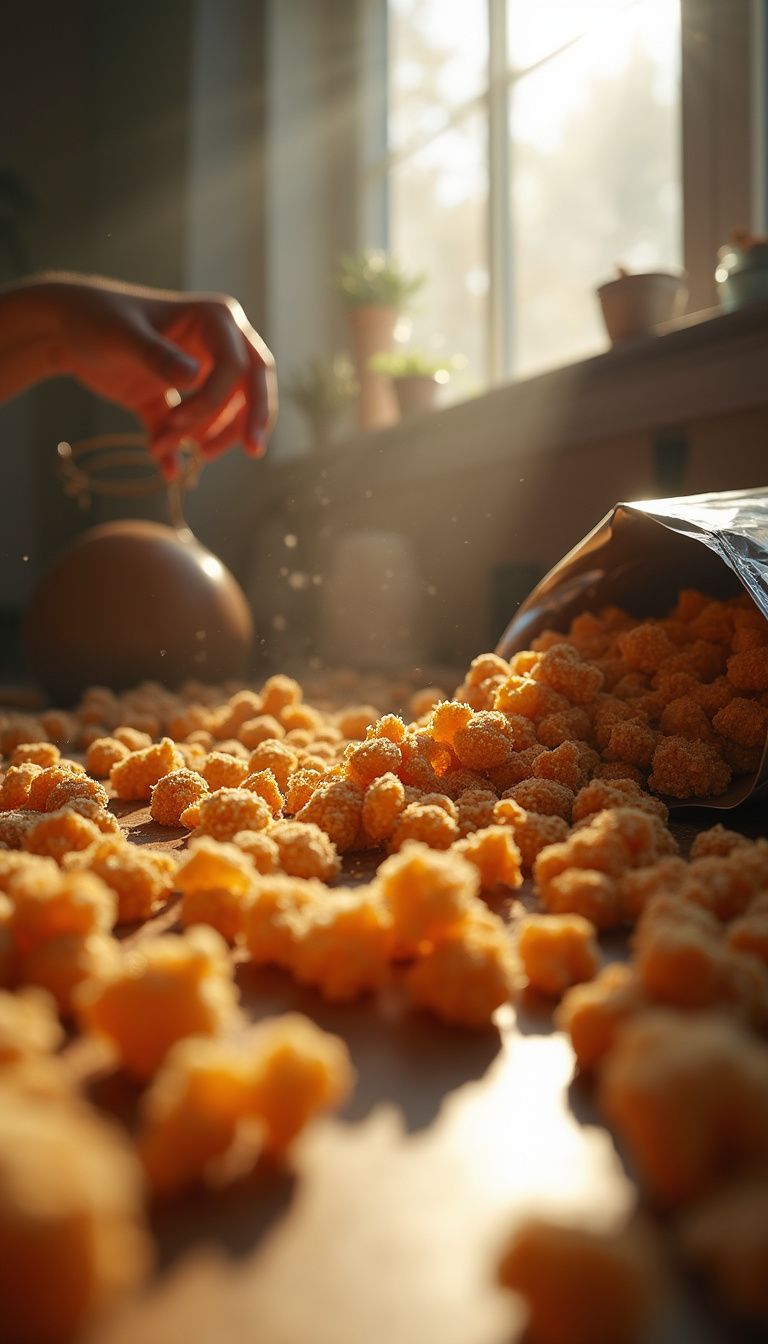
Feeding a cat should feel calm, not stressful. With label basics and a clear plan, you can pick wet cat food, dry cat food, or a mix that fits your cat’s age, health, and taste.
I scan for meat first, avoid junk additives, and match the recipe to the life stage. Needs change with time, so I adjust without fear. If questions linger, I call my vet for tailored advice.
If you want to try JustFoodForCats Frozen Cooked Food, grab 50% off your first pack with code TRYJFFD before October 12, 2025. The offer is for newcomers and can make the first order easier on your wallet. Feeding smart keeps your housecat purring and healthy for the long run.
FAQs
1. How do I pick the best food for my cat’s health?
Start with your cat’s age and activity level. Kittens need more protein, while older cats may need fewer calories. Check the label for real meat as a main ingredient; skip fillers like corn or soy.
2. Is dry food better than wet food for felines?
Both have pros and cons. Dry kibble is easy to store and helps clean teeth, but it can be low in moisture. Wet food gives hydration and often tastes better to picky eaters, though it spoils faster if left out.
3. What ingredients should I avoid when choosing cat meals?
Steer clear of artificial colors, flavors, or preservatives. Watch out for by-products that sound vague on labels; you want named meats like chicken or salmon instead of “meat meal.”
4. Can changing my pet's diet suddenly cause problems?
Yes, sudden switches can upset their stomachs fast as lightning spooks a mouse! Mix new chow with old over several days so your furry friend adjusts without tummy trouble or hunger strikes at dinner time.
References
- https://www.vet.cornell.edu/departments-centers-and-institutes/cornell-feline-health-center/health-information/feline-health-topics/feeding-your-cat
- https://goodvets.com/journal/choosing-the-right-cat-food-wet-food-vs-dry-food (2023-08-29)
- https://pmc.ncbi.nlm.nih.gov/articles/PMC11104037/
- https://thevets.com/resources/pet-nutrition/cat-food-ingredients/
This website contains affiliate links. As an Amazon Associate and an affiliate for other programs, I earn from qualifying purchases. Clicking on an affiliate link may result in a commission being paid to me at no additional cost to you.
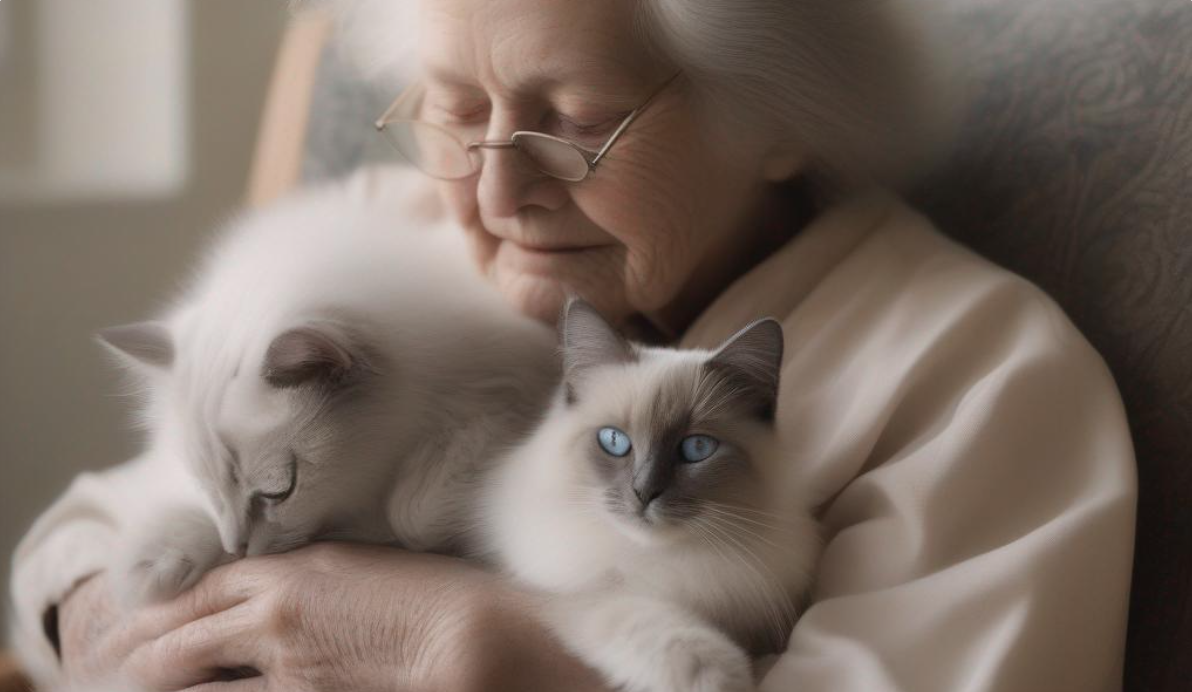
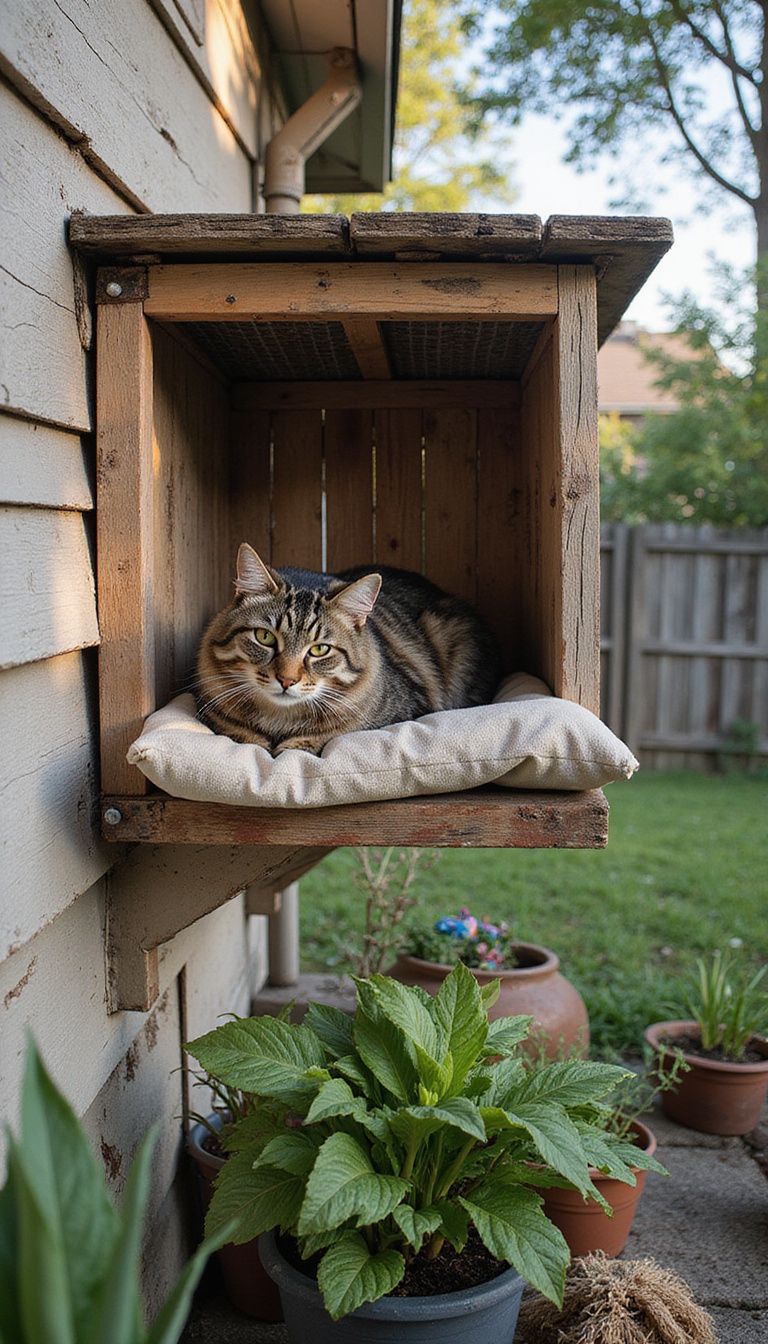




Leave a Reply